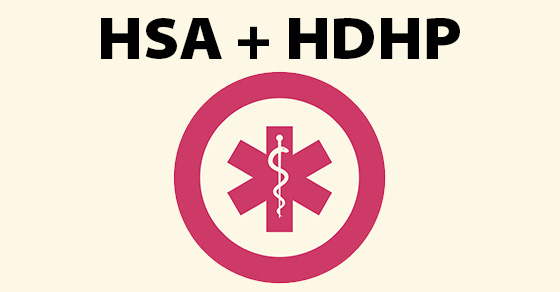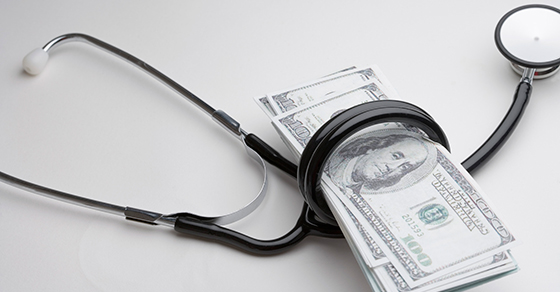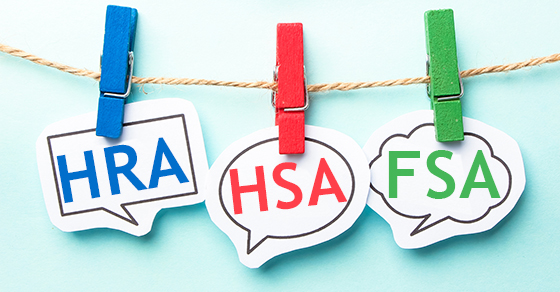If you’ve done any research into employee benefits for your business recently, you may have come across a bit of alphabet soup in the form of “HSA + HDHP.” Although perhaps initially confusing, this formula represents an increasingly popular model for health care benefits — that is, offering a Health Savings Account (HSA) coupled with, as required by law, a high-deductible health plan (HDHP).
Requirements
An HSA operates somewhat like a Flexible Spending Account (FSA), which employers can also offer to eligible employees. An FSA permits eligible employees to defer a pretax portion of their pay to later use to reimburse out-of-pocket medical expenses. But, unlike an FSA, an HSA is permitted to carry over unused account balances to the next year and beyond.
The most significant requirement for offering your employees an HSA is that, as mentioned, you must also cover them under an HDHP. For 2019, this means that each participant’s health insurance coverage must come with at least a $1,350 deductible for single coverage or $2,700 for family coverage. It’s okay if the HDHP doesn’t impose any deductible for preventive care (such as annual checkups), but participants can’t be eligible for Medicare benefits or claimed as a dependent on another person’s tax return.
The benefit of the high deductible requirement is that premiums for HDHPs are typically less expensive than for health plans with lower deductibles. You and your employees can use some or all of the money saved on premiums to fund their HSAs.
Pretax contributions
You and the employee combined can make pretax HSA contributions in 2019 of up to $3,500 for single coverage or $7,000 for family coverage. An account beneficiary who is age 55 or older by the end of the tax year for which the HSA contribution is made may contribute an additional $1,000.
The good news for you, the business owner: First, employer contributions are optional. Second, pretax contributions to an employee’s HSA, whether by you or the employee, are exempt from Social Security, Medicare and unemployment taxes.
Growing popularity
Just how popular is the HSA + HDHP model? A 2018 report by the trade association America’s Health Insurance Plans found that enrollment in these plans increased by nearly 400 percent over the last 10 years — from about 4.5 million in 2007 to about 21.8 million in 2017. Of course, this doesn’t mean your business should blindly jump on the bandwagon. Contact us to discuss the concept further or for other ideas regarding affordable employee benefits.







